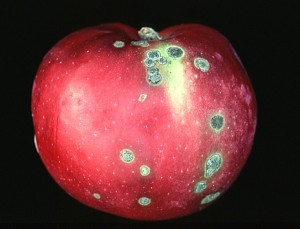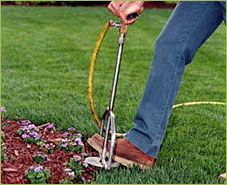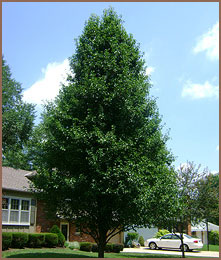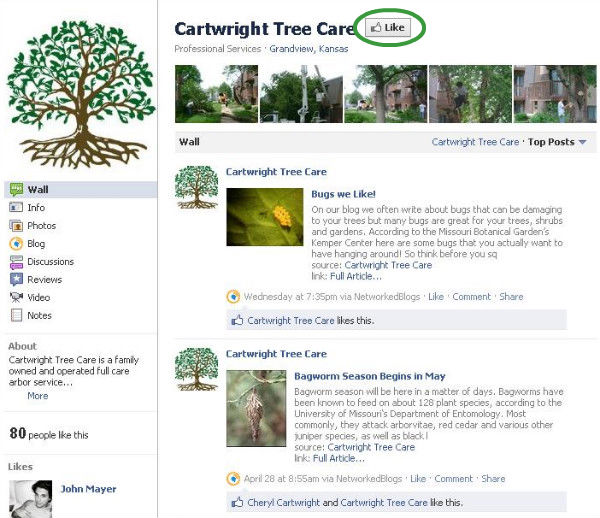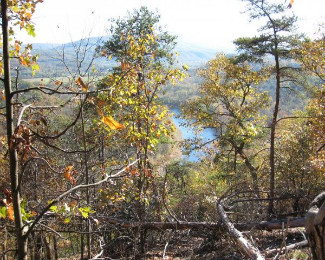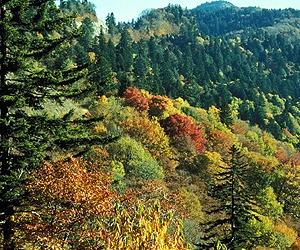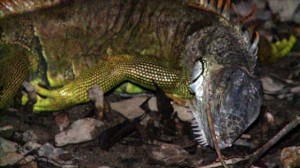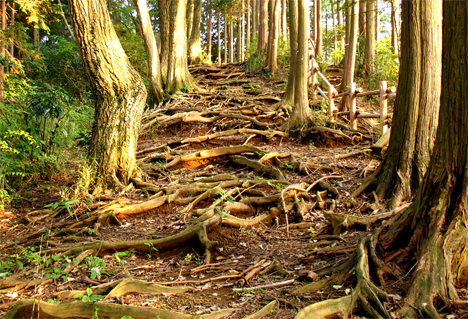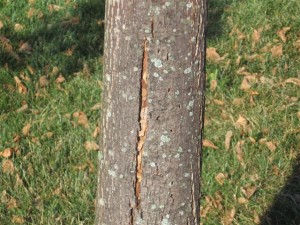Apple scab is a common disease among trees here in the Kansas City area. It is one of the most destructive diseases affecting apples all around the world and is the most destructive fungal diseases affecting home apple planting, according to Weekend Gardener. When this disease is left untreated, it can leave green, black, or brown spots on the leaves of the trees and on the fruit of the tree, too. Additionally, apple scab can “defoliate susceptible varieties in mid-season,” weakening the tree, reducing the fruit yield, and blemishing the fruit so badly that it is only fit for use in ciders. The plants most commonly affected by apple scab are apple, crabapple, hawthorn, and pear trees.
vkinney
Recent Posts
What is Apple Scab... and How Do You Treat It?
Spring Tree Care - Deep Root Fertilization
Just a few days ago, we told you a few of the ways that Cartwright Tree Care can help you get your trees ready for spring with preventative treatments. One treatment that is very important is deep root fertilization. As with any other plant in your yard, trees must receive proper fertilization in order to grow and remain healthy.
Think Spring for Your Trees With Cartwright Tree Care
March is the time to start thinking spring! Here at Cartwright Tree Care, we have a number of ways to help you get your trees in shape for spring. Many tree diseases are not reversible once they have infected a tree, but our preventative treatments can help you rest assured that your trees will be free of disease. Here are a few of the preventative treatments we offer:
Follow Cartwright Tree Care into Spring on Facebook & Twitter
Do you use Facebook or Twitter on a regular basis? If so, the next time you log on to either site, be sure to follow Cartwright Tree Care! By keeping up with us on either site, or both, you’ll never miss an update. We post links to all of our blog posts on Facebook and Twitter, so you can stay informed on the latest news in tree healthcare and maintenance, news and events, and other things we think you might find interesting.
Will Climate Change Cause Trees to Move Northward?
Study Reveals World's Forests Could Begin to Grow Again
A global study conducted by the United Nations Food and Agriculture Organization (FAO) has revealed that the world’s forest area could begin to grow again in a few years. According to a report from Terra Daily, massive reforestation programs, as well as the decreased rate at which trees are being cut down, has provided researchers with “evident signs” that forest areas are growing and that a balance could be reached within a few years.
Just Be Glad We Don't Have Iguanas Falling From Our Trees...
It’s safe to say that dealing with cold weather and what it does to our trees can be pretty frustrating, but wouldn’t you rather deal with a little snow over falling iguanas? Recent record low temperatures in parts of Southern Florida are literally causing iguanas to freeze in their tracks and free-fall from their treetop perches, according to JustNews.com.
Blue Stain Fungus Genome Decoded by University of British Columbia Study
Researchers from the University of British Columbia and the BC Cancer Agency’s Genome Sciences Center have decoded the genes in blue stain fungus. According to Science Daily, the genes identified are those that are responsible for the fungus’ ability to bypass the natural fungicide found within lodgepole pines.
The Competitive Nature of Trees
Did you know trees are pretty competitive? According to Princeton University Plant Ecologist Ray Dybzinski, trees typically have more roots than they actually need. The excess roots that trees create cause them to battle with other trees to grow taller in order to obtain maximum sunlight, Dybzinski told The New York Times.
How to Spot a Hazardous Tree
Trees are beautiful and offer a wide variety of benefits to the environment. However, trees can be dangerous if they are not properly maintained. Snow, ice, wind, and lightning are just a few factors that can add into the danger of trees, as these elements can cause limbs to break and entire trees to fall, injuring people and causing damage to property.

